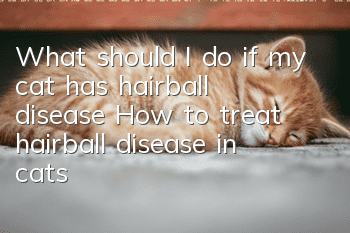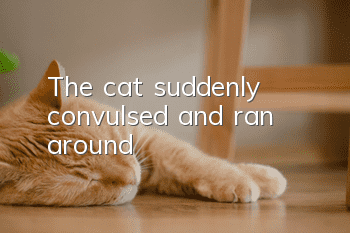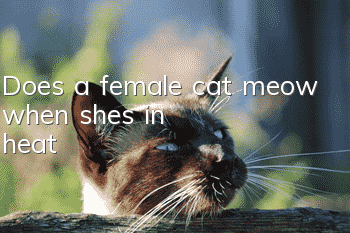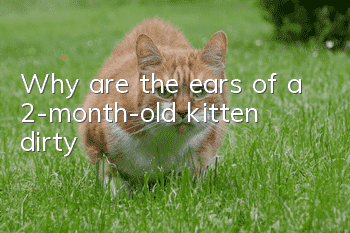What should I do if my cat has hairball disease? How to treat hairball disease in cats?

Treatment methods for cats suffering from hairballs:
1. Groom the coat every day. The most fundamental reason why cats have hairballs is licking and ingesting hair. Cat licking is an instinctive behavior, and it also has the functions of self-soothing and cleaning the body. Therefore, owners should comb the cat's hair diligently every day and help the cat replace old and floating hair in time. This can improve the source of hair balls in the cat owner's body and reduce hair ball syndrome.
2. Help the cat to shed hair. When a cat has hair balls in its body, help it shed hair and remove hair in time. Common methods of removing hair balls include feeding cat grass, feeding hair removal cream, feeding beer yeast powder, etc., which can not only help the cat to supplement nutrition, but also help it expel hair balls. In addition, giving cats more water and more exercise can also promote gastrointestinal motility and make cats expel hair balls more smoothly.
3. Inducing vomiting and purging. If the cat's hair ball syndrome is severe, the owner can induce vomiting and purging appropriately to help the cat expel the hair ball in a timely manner. The specific method is to feed the cat some olive oil and laxatives to clean the hair balls in the intestines and stomach and help eliminate them. Note that after inducing vomiting and diarrhea, goat milk powder and probiotics should be prepared to help the cat replenish nutrition and restore gastrointestinal health in a timely manner. If the cat is very weak, you cannot induce vomiting or diarrhea.
4. Staple food prevention and improvement. When a cat has hairball syndrome, the owner can also take care of the cat on the staple food. Choose some cat food that protects the gastrointestinal tract and eliminates hairballs as the daily staple food. It can prevent and improve hair ball disease in cats.
Symptoms of cats suffering from hair ball disease:
1. Vomiting and retching. When a cat has hair ball disease, the gastrointestinal tract will be stimulated by the hair ball. It is prone to nausea and indigestion. Cats are prone to vomiting cat food and retching.
2. Loss of appetite. When a cat suffers from hair ball disease, its appetite will gradually decrease, and eventually it may even stop eating and only drink water.
3. Cats with poor digestion and absorption and suffering from hairball disease for a long time are prone to indigestion, nutritional deficiencies, and weight loss.
4. The cat’s belly becomes enlarged. The hair balls in the cat’s body are difficult to digest and decompose. If they cannot be excreted, they will gradually accumulate, causing the cat’s belly to become enlarged and feces.
5. Constipation. Cats with hairball syndrome often also suffer from constipation, because the hairballs can block the intestines and prevent the cat from defecating smoothly.
- Why do cats pee randomly? How to correct this habit?
- Why do cats purr?
- How to prevent toxoplasmosis in tabby cats, toxoplasmosis in dogs and cats and their prevention!
- What does it mean when a cat licks another cat?
- What color are Ragdoll cats’ eyes? Can you tell the difference?
- Why does a female cat get angry at her own kitten?
- How to deal with cat hair loss in spring
- What should you do if your cat is in heat? How to take care of a cat during estrus?
- What should I do if my cat likes to sharpen its claws?
- What are the common diseases and symptoms of Siamese cats?



